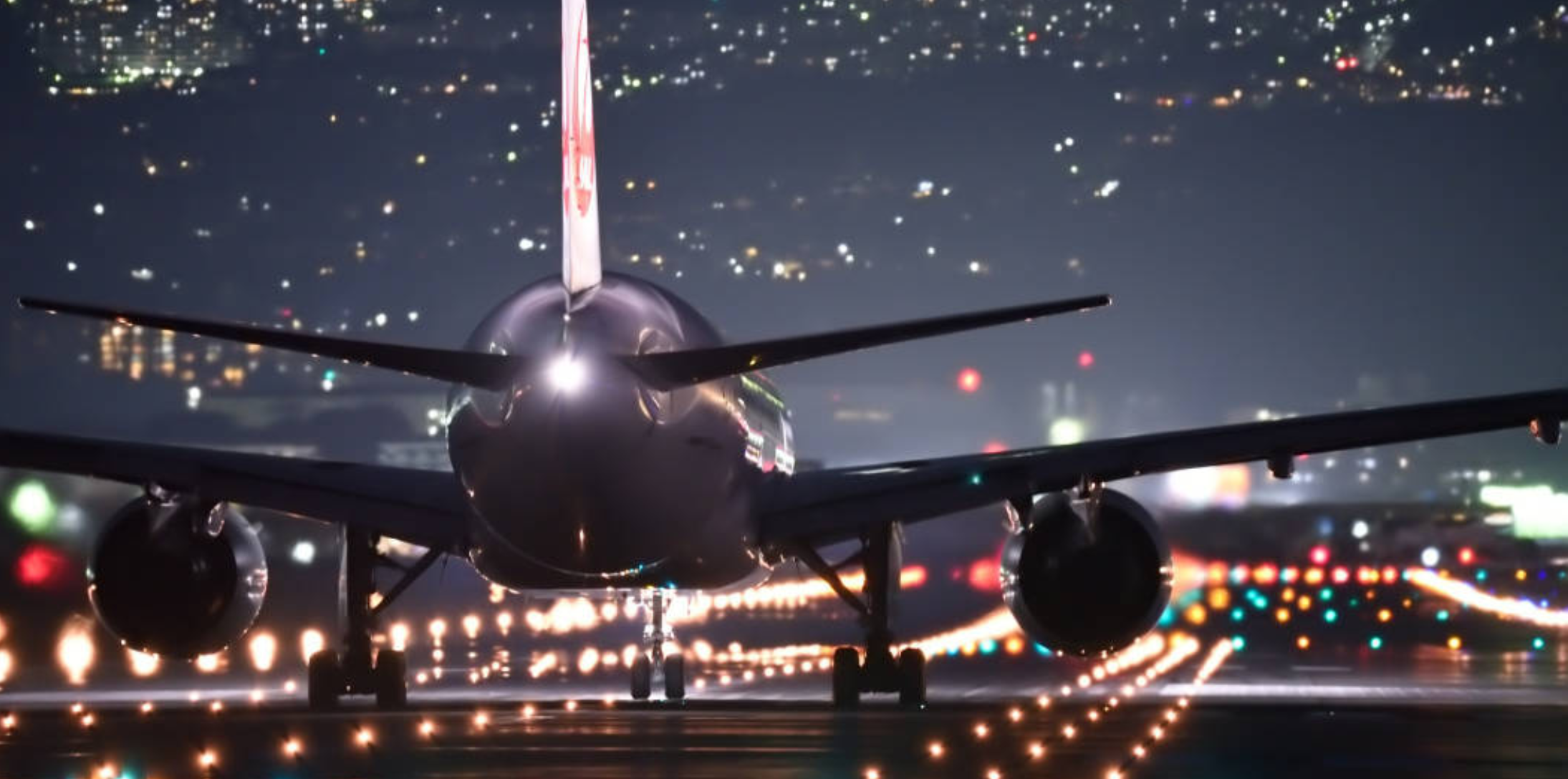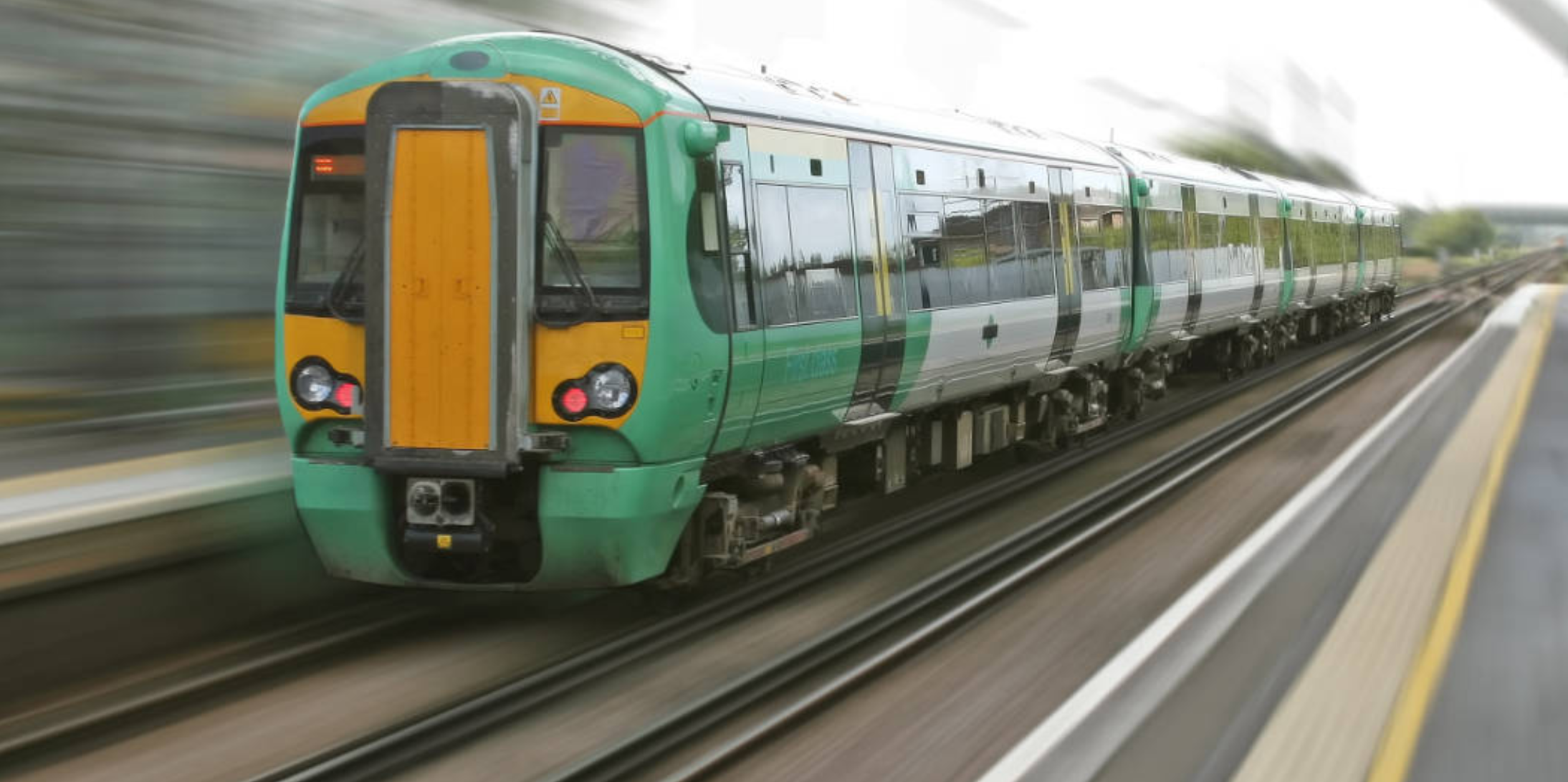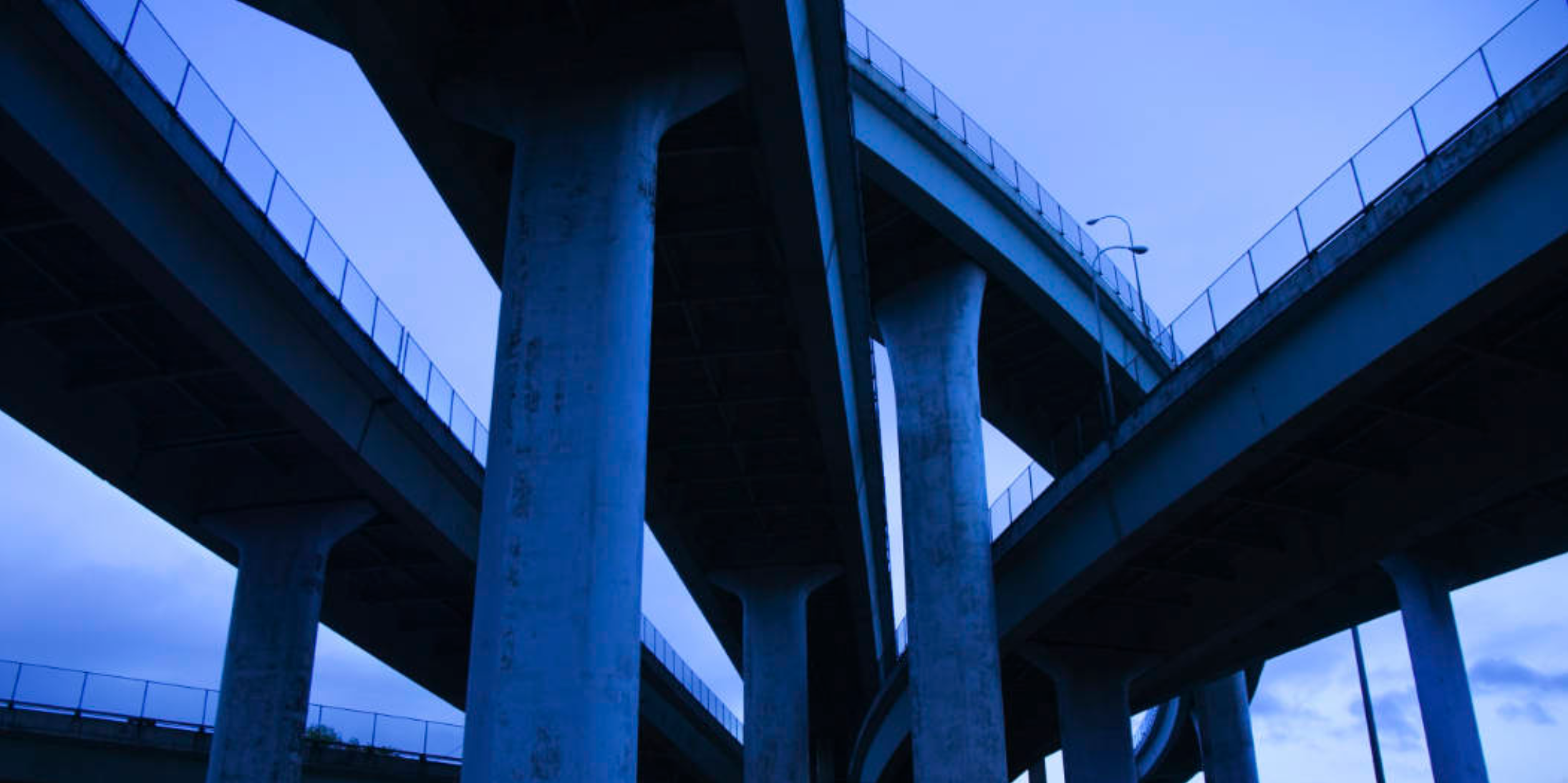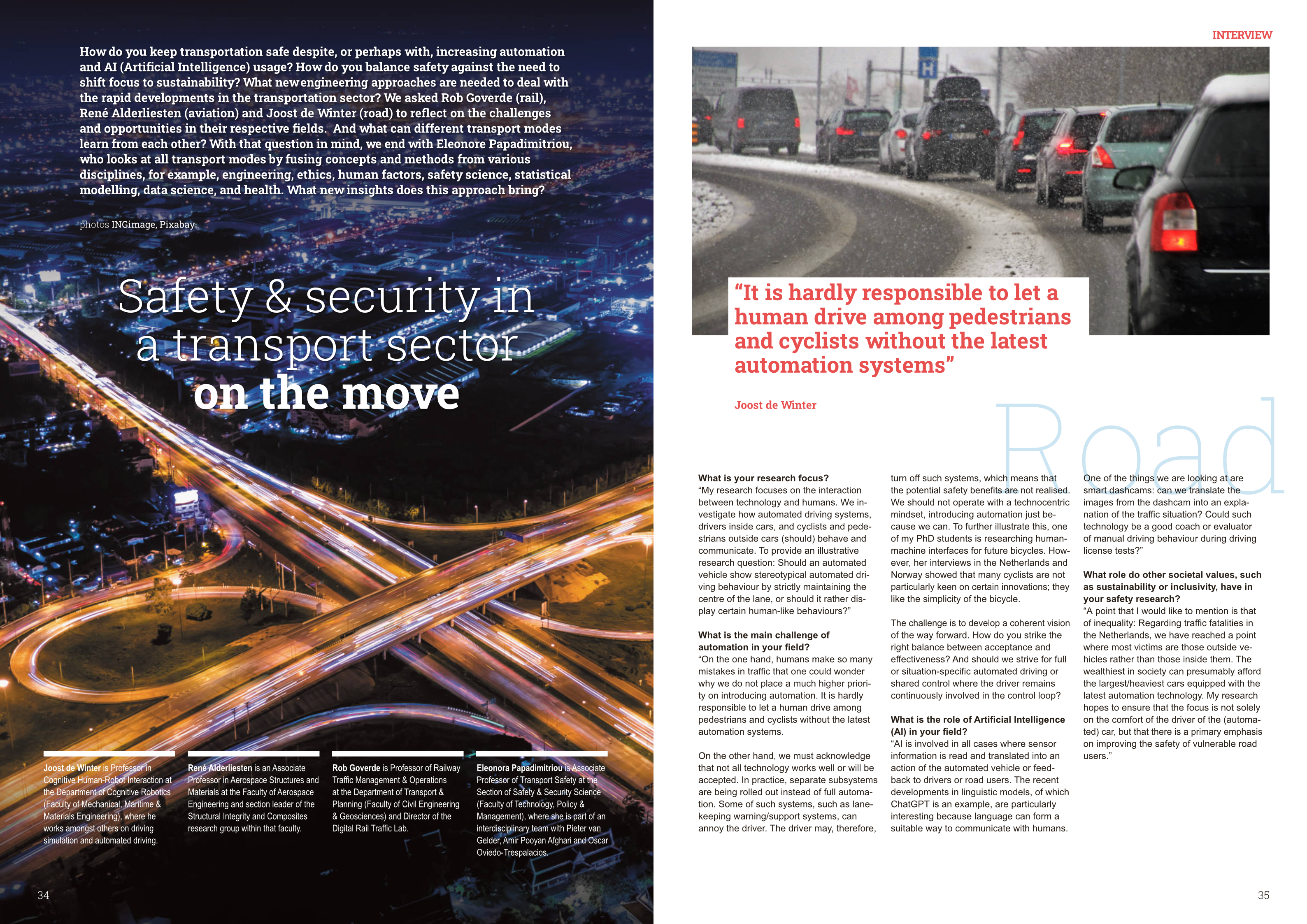Safety & Security in a Transport Sector on the Move
How do you keep transportation safe despite, or perhaps with, increasing automation and AI (Artificial Intelligence) usage? How do you balance safety against the need to shift focus to sustainability? What new engineering approaches are needed to deal with the rapid developments in the transportation sector? We asked Rob Goverde (rail), René Alderliesten (aviation) and Joost de Winter (road) to reflect on the challenges and opportunities in their respective fields. And what can different transport modes learn from each other? With that question in mind, we end with Eleonora Papadimitriou, who looks at all transport modes by fusing concepts and methods from various disciplines, for example, engineering, ethics, human factors, safety science, statistical modelling, data science, and health. What new insights does this approach bring?
Road

Joost de Winter is Professor in Cognitive Human-Robot Interaction at the Department of Cognitive Robotics (Faculty of Mechanical, Maritime & Materials Engineering), where he works amongst others on driving simulation and automated driving.
It is hardly responsible to let a human drive among pedestrians and cyclists without the latest automation systems
-
“My research focuses on the interaction between technology and humans. We investigate how automated driving systems, drivers inside cars, and cyclists and pedestrians outside cars (should) behave and communicate. To provide an illustrative research question: Should an automated vehicle show stereotypical automated driving behaviour by strictly maintaining the centre of the lane, or should it rather display certain human-like behaviours?”
-
“On the one hand, humans make so many mistakes in traffic that one could wonder why we do not place a much higher priority on introducing automation. It is hardly responsible to let a human drive among pedestrians and cyclists without the latest automation systems.
On the other hand, we must acknowledge that not all technology works well or will be accepted. In practice, separate subsystems are being rolled out instead of full automation. Some of such systems, such as lanekeeping warning/support systems, can annoy the driver. The driver may, therefore, turn off such systems, which means that the potential safety benefits are not realised. We should not operate with a technocentric mindset, introducing automation just because we can. To further illustrate this, one of my PhD students is researching humanmachine interfaces for future bicycles. However, her interviews in the Netherlands and Norway showed that many cyclists are not particularly keen on certain innovations; they like the simplicity of the bicycle.
The challenge is to develop a coherent vision of the way forward. How do you strike the right balance between acceptance and effectiveness? And should we strive for full or situation-specific automated driving or shared control where the driver remains continuously involved in the control loop?"
-
“AI is involved in all cases where sensor information is read and translated into an action of the automated vehicle or feedback to drivers or road users. The recent developments in linguistic models, of which ChatGPT is an example, are particularly interesting because language can form a suitable way to communicate with humans. One of the things we are looking at are smart dashcams: can we translate the images from the dashcam into an explanation of the traffic situation? Could such technology be a good coach or evaluator of manual driving behaviour during driving license tests?”
-
“A point that I would like to mention is that of inequality: Regarding traffic fatalities in the Netherlands, we have reached a point where most victims are those outside vehicles rather than those inside them. The wealthiest in society can presumably afford the largest/heaviest cars equipped with the latest automation technology. My research hopes to ensure that the focus is not solely on the comfort of the driver of the (automated) car, but that there is a primary emphasis on improving the safety of vulnerable road users.
Air

René Alderliesten is an Associate Professor in Aerospace Structures and Materials at the Faculty of Aerospace Engineering and section leader of the Structural Integrity and Composites research group within that faculty.
Innovations targeting carbon neutral aviation will take more than three decades if we don’t change how we certify the safety of materials and structures
-
“My research focuses on improving means to comply with the rules and regulations for the safety of materials and structures. I do this by developing new methodologies that utilise physics, process monitoring, and simulation to replace testing and large experimental datasets. Currently, structural certification is based on performing sufficient tests and using interpolations to make predictions. With the complexity of technologies increasing, this way of working delays innovation. For example, introducing fibre metal laminates and carbon fibre reinforced composites in primary aircraft structures took three decades.”
-
“We see three ways to make faster certification possible, especially when they are developed in combination. First, physical principles are introduced to replace the test data interpolation in prediction methodologies. This will make them more intuitive and simpler, which will hopefully put a stop to the current proliferation of prediction models. Secondly, with proper process monitoring during and after manufacturing, the quality and state of products can be demonstrated while improving the input quality of prediction models. Finally, AI can contribute. The big challenge is acceptance, both by industry and by airworthiness authorities.”
-
“AI is emerging in certification, for example, the European airworthiness authority has recently issued guidelines for AI in certification. AI can improve and accelerate quality assessment after production and potentially improve the demonstration of continued airworthiness of structures in operation (continuous structural integrity). That latter aspect, however, seems still in its infancy. Demonstrating that new technologies have an equivalent level of safety to existing ones requires large data sets to accurately describe and predict the behaviour of materials and structures unless we find means to make AI methods lean and explainable. AI could be made more efficient by incorporating physics to reduce the fitting and data size requirements.”
-
“Safety in aviation is considered a nonnegotiable boundary condition. Sustainability is, of course, also important. But any innovation, whether it is targeting sustainability or not, should comply with the safety rules. These rules are developed based on past practice and technologies, requiring a continuous assessment of whether current rules are sufficient for new ideas and innovations or whether new rules are to be formulated.
I mentioned before that it took three decades to get fibre metal laminates and carbon fibre approved in primary structures. Current innovations, specifically those targeting carbon-neutral aviation, will take even more time if the same concepts for certification remain adopted. The emission targets of 2050 can only be met when certification processes are accelerated. The most obvious solution is developing new concepts to demonstrate compliance to current rules.”
Rail

Rob Goverde is Professor of Railway Traffic Management & Operations at the Department of Transport & Planning (Faculty of Civil Engineering & Geosciences) and Director of the Digital Rail Traffic Lab.
Railway transport is the most sustainable and safest mode of transport
-
“My research is about improving the performance and automation of the integrated railway traffic system, which includes the planning and controlling of individual train services and their interactions on the railway network. The capacity of the railways must increase significantly to accommodate the growing demand while also realising high reliability and lower energy consumption and costs. Digital technology can facilitate the expected growth through a mix of radiobased communication and train control (ERTMS, European Rail Traffic Management System), Automatic Train Operation (ATO), and Traffic Management Systems.”
-
“Digitalisation and automation require a revision of railway planning and management. In particular, the various elements of the railway traffic system must be better aligned, including the data and models for timetabling, traffic management, train operation, and railway signalling. This will result in safe, conflict-free, reliable and energyefficient train operation over dense networks.
Safety and control systems are separated in the railways, with control systems being supervised or constrained by the safety systems. Moreover, both the infrastructure and the trains are controlled, by which the safety and control systems each have trackside and onboard components that all must operate smoothly together. The safety systems are already highly automated, although they are being replaced by modern digital systems such as ERTMS. The control / management systems are still highly manually operated.
Much research is devoted to automated control and management systems, such as automatic train operation (ATO) and automatic conflict detection and resolution in rail traffic management. The scale of the railway networks is a particular issue when migrating to new systems, as well as the interoperability of trackside and onboard systems. ATO has several Grades of Automation, from automatic supervision functions to fully automated train operation. In the latter case of driverless trains, the safety tasks of drivers, like obstacle detection, must also be automated.
Another challenge of automation in the Railways is the availability of consistent and accurate data all over the network and even cross-border.”
-
“AI in the Railways is still limited. Most AI applications are found in asset management such as preventive maintenance and defect detection. For operations, AI research focuses on delay prediction and obstacle detection on or near tracks. For safetycritical functions, transparency, explainability, and trustworthiness of AI solutions are big issues. Therefore, research for safety-related functions focuses on AI support to traditional methods.”
-
“Railway transport is the most sustainable mode of transport and plays an increasing role in the accessibility of cities, livability within cities, and sustainable (inter)national connections. Rail is also the safest mode of transport, with safety systems designed according to failsafe principles and the highest Safety Integrity Level. Railway digitalisation with ATO and advanced traffic management systems will optimise energyefficient train operation, while safety is guaranteed with the new generation of radio-based railway signalling (ERTMS).”
Transport

Eleonora Papadimitriou is Associate Professor of Transport Safety at the Section of Safety & Security Science (Faculty of Technology, Policy and Management), where she is part of an interdisciplinary team with Pieter van Gelder, Amir Pooyan Afghari and Oscar Oviedo-Trespalacios.
The justice of AI usage in transport safety is a key challenge to be addressed
-
“Our multidisciplinary transport safety team uses perspectives from all transport modes and from different disciplines to develop new insights into transport safety. For example, we look at complex urban settings, where smart applications, technologies and new transport modes (like e-scooters), rapidly penetrate an already ‘chaotic’ traffic system. The ‘safe system’ concept is the backbone of our interdisciplinary approach. It entails looking into the interaction between drivers / operators, vehicles / vessels, infrastructure, policy, technology and environment – and the responsibilities of each actor in that system. We strongly focus on developing and using robust econometric, probabilistic and holistic methods of risk analysis, which can accommodate the complexity of today’s transport systems and the role of people in them.”
-
“In aviation, automation has been a reality for decades, yet it is well-known that humansystem interaction is becoming increasingly complex despite important safety improvements. Automation on the road and in the maritime sector is currently emerging but without any systematic transfer of knowledge from the aviation sector. All parties involved would benefit from joint knowledge development. For example, how can humans constructively interact with the highly complex systems of the future when the human role becomes more and more limited? How can we keep a human operator in the loop and situation-aware so that they can take control of the system if it fails? To what extent should control be shared between humans and AI in the vehicle / vessel or remotely controlled operations?”
-
“The justice dimension of AI usage in engineering and technology applications for transport safety is a key challenge to be addressed. Recently, we received a new grant for an interdisciplinary project on ‘AI for vision zero in road safety’ - vision zero is the EU strategy to eliminate traffic fatalities by the year 2050. We will investigate the ethical dimensions, human factors, and engineering and data science innovations that must come together for fair and impactful AI solutions for road risk. We will for instance investigate what AI solutions can be applied in less automation-ready countries. And how AI can become more efficient yet privacy-sensitive to timely detect and protect all types of road users in urban areas.”
-
“Many new technologies or features to improve safety are not accessible to or affordable for vulnerable populations. Think of low-income households, young people, older people, low-to-middle-income countries. How can we make these technologies equitable and inclusive to those most affected by transport risks? Also, safety must be ensured within the complex transport system to promote sustainable transport modes like cycling and walking. Our research demonstrates that safety and other values like justice and sustainability are strongly linked.

